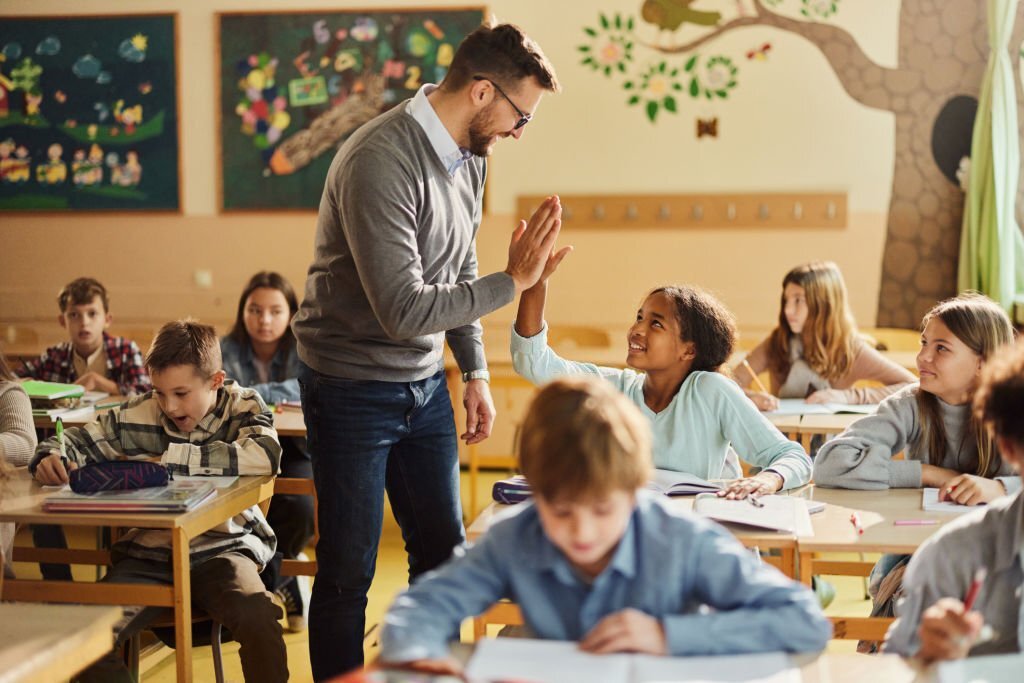Let’s talk about something truly important: how to create a safe environment in the classroom. Now, that’s a phrase that gets tossed around often, but do we really understand what it means? Fear not, dear reader; by the time you finish this article, not only will you be equipped with the knowledge to create a haven of safety in your classroom, but you’ll also chuckle a bit along the way.
The Essential Elements of Safety
Communication, trust, and empathy are three magic ingredients that make the classroom a safe space for students.
| Element | Description |
|---|---|
| Communication | Open dialogue between teachers and students. No secrets here! |
| Trust | Like a good cheese, it takes time to mature but holds everything together. |
| Empathy | Understanding feelings? It’s not just for after-school specials anymore. |
Physical Safety: Not Just Child’s Play
Physical safety is a no-brainer, right? But there’s more to it than just wearing safety goggles in the science lab. Let’s break it down:
Furniture: No wobbly chairs allowed! Those things are the bane of any classroom.
Equipment: Keep sharp objects at bay, unless you’re Edward Scissorhands.
Emergency Protocols: You know, just in case aliens decide to land in the schoolyard.
Emotional Safety: The Invisible Shield
Here, it gets trickier, but fear not! Emotional safety means creating an environment where students can express themselves without judgment. Embrace differences, encourage dialogue, and for heaven’s sake, let’s keep the eye-rolling to a minimum.
That Warm, Fuzzy Feeling: The Role of Teachers
Teachers, you are the superheroes of the safe environment! Your capes might be invisible, but your impact isn’t. Build relationships, be approachable, and don’t be afraid to crack a joke now and then.
Note: Spiderman-themed lesson plans not required but highly recommended.
